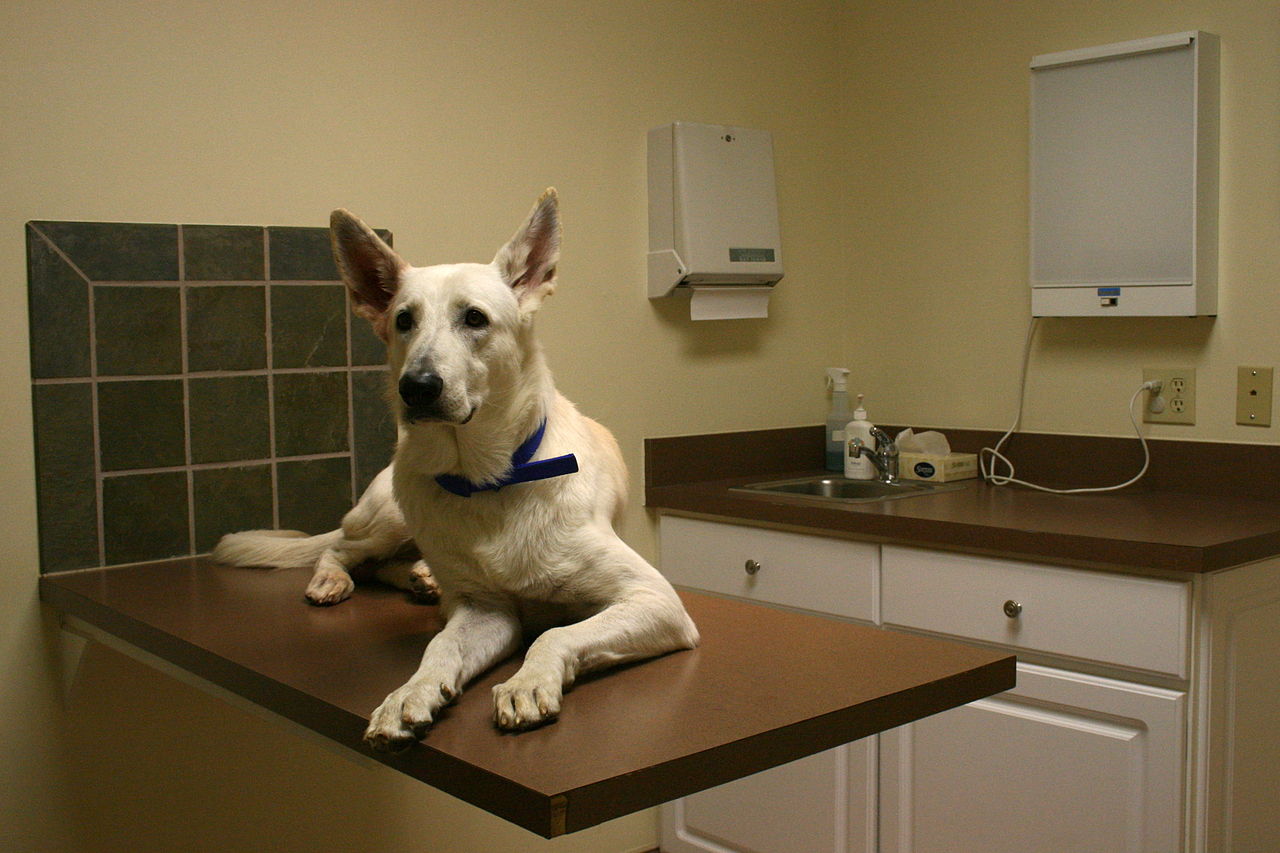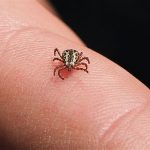Botulism is a type of bacterium. There are 5 different types, the most common being Colustridium botulimae. It is a nerve toxin and all forms cause paralysis. Generally pets can be affected by eating dead animal carcasses, sometimes raw and/or spoiled foods, decayed vegetable matter. Symptoms begin with weakness in the hind legs which then […]
Dog Diseases
There are a number of diseases dogs are prone to and I’ll talk about some of them here. I’ll also try to include specific breeds of dog that are prone to certain illnesses and diseases.
I would advise you to be aware of your dog’s normal behavior. Signs of illness can be lack of appetite, decreased activity, weakness, not drinking much, not grooming, bad breath, sleeping more than usual, drooling, vomiting, diarrhea, coughing, trouble breathing, frequent and/or bloody urination. If your dog exhibits any of these symptoms or any behavioral changes and you are unsure of what to do, seek the advice of your veterinarian.
Things you need to know:
The normal color of a dog’s gums is pink. Pale, white, blue or yellow gums, contact your vet at once.
Normal temperature for a dog is 100-102.5 degrees Fahrenheit. Less than 99 degrees or over 104 degrees, contact your vet immediately.
A dog’s heart rate slows and speeds with each breath. This is not abnormal. You can check the heart rate by finding the femoral artery inside the back leg. Small dogs and puppies heart rate is 120-160 beats per minute. Dogs that are about 30 lbs. have a rate of 60-120 beats per minute. The larger the dog, the slower the heart rate.
A dog’s normal respiration rate is 10-30 breaths per minute. Panting can be up to 200 pants per minute.
To check if your dog is breathing, hold a tissue or mirror up to his nose. If there is movement or breath on the mirror, your dog is breathing, but get him to the vet immediately.
Problem signs are using the abdominals to breathe, gasping, loud noises, shallow breaths, difficulty exhaling. Call your vet immediately.
If you have any questions, I’ll be happy to answer them.
Note: Many new pet owners do not know about the availability of pet health insurance. Insurance for your dog is a great safety net to have for unforeseeable emergencies or illnesses. It is also helpful in covering routine shots and exams. Some plans start at just five dollars a month. To compare pet insurance plans in your area check out the link above.

Chagas Disease in Dogs
[[Image:|right|400px|S]]The parasite, Trypanosoma cruzi, is carried by Triatomine bugs and causes Chagas Disease. The triatoma bug is a varied species, all sharing similar traits. Triatomas are usually nocturnal and feed on the blood of mammals (including humans), birds and reptiles. Triatoma bugs have many names, reduviid bugs, kissing bugs, assassin bugs, cone-nosed bugs and blood […]

Parasites
Lice – There are 2 types, biting lice and sucking lice, neither of which spread to cats or humans. Check with your vet as to treatment. Fleas – Fleas can cause skin irritation and sometimes allergic reactions in dogs and cats. They can also act as intermediaries for other parasites such as tapeworms. Today there […]

Heatstroke in Dogs
Heatstroke can occur if a dog is left in a car in hot weather or left outside without a shady area and water in hot weather. This requires immediate veterinary attention. If you have to take your dog outdoors in hot weather, be sure to take along enough water to prevent heatstroke. If you are […]

Tularemia – Rabbit Fever
Tularemia, also known as Rabbit Fever, is a zoonotic bacterial disease that, fortunately, is rare. It occurs more often in cats than dogs and in young rather than adult animals. It also affects rodents, rabbits, pigs, fish, horses, sheep and humans. Beaver and muskrats can be carriers. Tularemia is usually spread by ticks (American Dog, […]

Vaginitis in Dogs
Vaginitis is the the inflammation of the vagina. There are 2 types of vaginitis, juvenile and adult. Juvenile vaginitis occurs before the female matures and becomes fertile. Spayed females are more prone to adult vaginitis. There are a number of causes of vaginitis – a urinary tract infection (UTI), incontinence when small amounts of urine […]

Dog Flu (Canine Influenza)
The CDC (Center for Disease Control and Prevention) explains that Dog Flu (Canine Influenza) is a contagious respiratory disease in dogs. It is cause by a Type A influenza virus labeled H3N8. It is not a human flu virus, but originally infected horses. H3N8 is highly contagious and has spread to dogs and between dogs. […]

New Strain of Parvovirus
Parvovirus can be a deadly disease in unvaccinated dogs and those with compromised immune systems. Parvovirus is highly contagious spreading through dog to dog contact, infected dog’s equipment such as crates, leashes, collars, food and water bowls. People who handle infected dogs can transmit the disease with their hands and clothing. Now another virulent strain […]

Horner’s Syndrome
Horner’s Syndrome occurs when there is damage to the sympathetic nervous system. It is a neurological problem affecting the eye and facial muscles and can be seen in both cats and dogs. The autonomic nervous system contains subsystems, one of which is the sympathetic which controls “fight or flight” stress responses of the body. The […]
